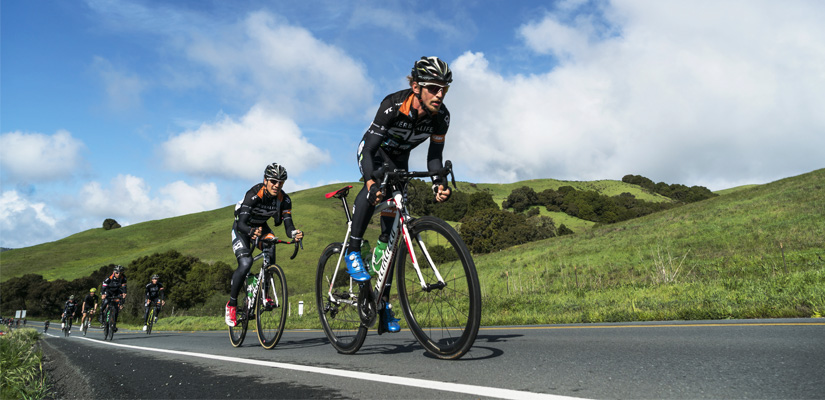How Do Outside Rides With Higher TSS Affect My Plan?

Answer: Riding outside generally means a higher intensity and higher TSS than a plan’s prescribed structured workout. Depending on a rider’s goals, their outside ride could hamper later workouts.
It’s really a question of what you want to get out of your rides and how much time you’re willing to dedicate …
If you’re looking to increase your aerobic energy system, working at L3/L4 (think Sweet Spot) will involve a lot more sugar burning than L2 (Endurance) riding and bring about muscle fatigue much sooner in the ride making the ride shorter and/or requiring more sugar intake. On top of that, the residual fatigue (hormonal effects like longer periods of elevated cortisol levels) will be greater and could hamper later workouts.
But if you’re looking to increase muscle endurance (highly anaerobic/sugar-burning in nature) more than aerobic endurance (highly fat-burning) then this can work, but these rides have to be far more limited in volume than L2 work. In other words, if you keep turning L2 rides into Sweet Spot rides the fatigue will catch up with you. A lot of the same aerobic benefit is there, but it’s cut with a lot of anaerobic work.
So again, what’s the goal?
The choice is yours: focus on lifting aerobic capabilities by riding a lot and keeping the strain low, or ride less and split some of the benefit with the anaerobic system and deal with higher levels of systemic strain.
If you’re a rider with less time on your hands, keep in mind that longer outside rides are mostly about fatiguing slow-twitch fibers, which takes a long time due to their fatigue-resistant nature.
How to Make Relatively Short “Long” Rides More Aerobically Stressful
If the concern is making relatively short “long” rides (like 2.5-hour jobbers) more aerobically stressful, you can introduce methods like fasted training done in a low-glycogen state. This forces greater aerobic contribution by limiting anaerobic resources, which means you’ll go into your ride lacking the sugar necessary to work any harder than L2 (L3 if you’re better aerobically adapted). But then the work really has to be done at L2 since the fuel necessary for Sweet Spot work is low or depleted.
Recommended Resource
How to Program Your Body to Burn Fat Instead of Store It with Fasted Training
For more answers to your cycling training questions, listen to the Ask a Cycling Coach podcast presented by TrainerRoad. New episodes are released weekly.
